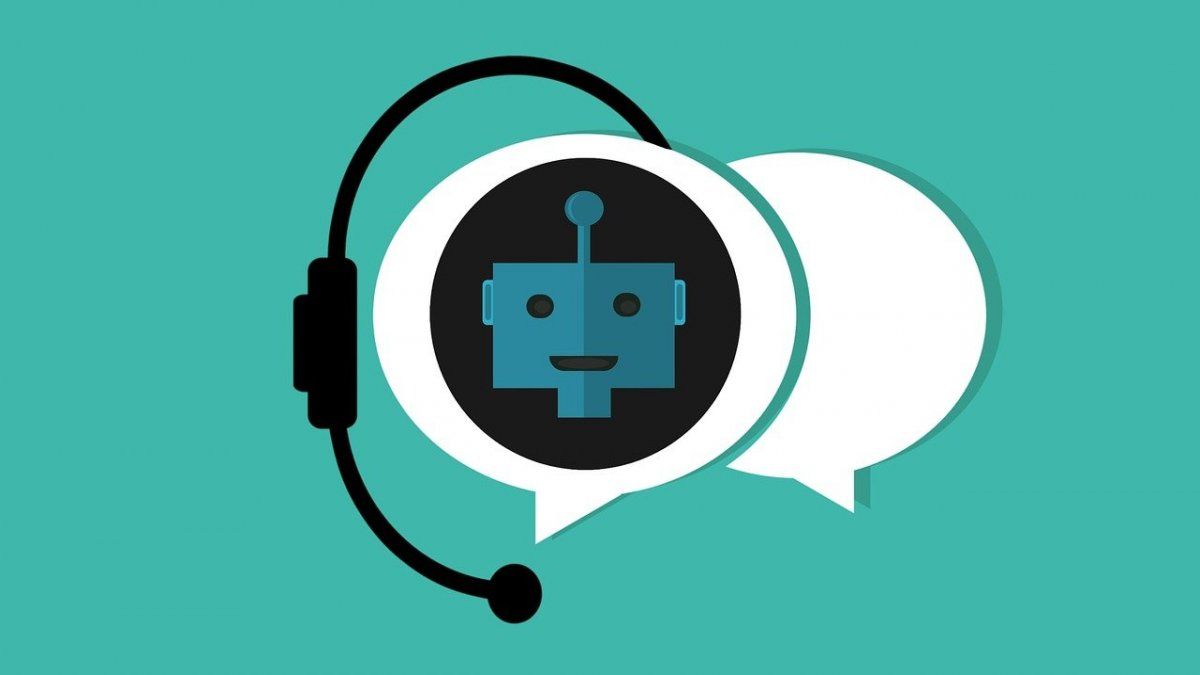The irruption of the Generative Artificial Intelligence (IAG for its acronym) in the field of education has generated waves of promoters and detractors. Complete educational systems have been questioned or the democratization of education has been predicted, reaching levels of accessibility close to the entire population. Total destruction and education in the hands of the same technology.
In these extremes we walk, polarized as our Argentine reality, seeking to find the balance that arises from the ethical use of any technology, including artificial intelligence.
After having done the exercise of using ChatGPT to specify academic programs, write course syllabi and content for presentations or debates, I have found that IAG is very easy to get used to. Having seen that it is capable of doing some tasks with greater speed and precision, and with less effort, I began to incorporate it into my daily work.
While AIG has the potential to transform education in many positive ways, it does present significant challenges and concerns. Developing the concept with ChatGPT, we find the following:
- Data bias: If artificial intelligence is trained on biased data, this can lead to unfair and discriminatory results. For example, if the training data only represents a part of the population, generative AI may not be effective in serving the needs and abilities of other groups.
- Privacy and data security: The collection and storage of large amounts of student and teacher data can increase privacy and security risks. It is important to ensure that standards are met, that users are informed and give their consent.
- Excessive dependence on technology: It can reduce the creativity and ability of teachers to adapt to the individual needs and learning styles of students.
- Lack of human interaction: Generative AI can provide feedback and personalized content, but it cannot fully replace the human interaction and individualized attention that is crucial to effective education.
- Lack of comprehension: Its complexity may limit the ability to use it effectively.
- Costs: The implementation of advanced technology, including generative AI, can be expensive and create access gaps in education for those who cannot afford the “luxury” of such technology.
- Impact on the environment: Most artificial intelligence systems require large amounts of power to run, especially those that use deep learning and other computationally intensive techniques. Energy consumption in computing in general, and in artificial intelligence in particular, has a direct impact on greenhouse gas emissions. In addition, the servers and data centers that house the AI systems require cooling, which tends to further increase this problem.
But my specific concern was illuminated by my relationship with the tool. Is the AIG facilitating a gentrification on the part of teachers?
First, the model’s response did not reveal a significant degree of commitment. Then, by insisting, we begin to reason that if teachers rely too heavily on technology to create teaching content and learning activities, they may become less creative and less committed to continually improving their skills as educators.
Let’s see the case of ChatGPT. In what ways could a teacher depend on this AI?
- Content generation: High quality, such as lessons, activities and quizzes.
- Grammar correction: It would help with the clarity and writing style of the students.
- Teaching Assistant: It could provide answers to frequently asked questions or help students understand a particular topic. Teachers could even program it.
- feedback generation: High quality and personalized for students, thus automatically generating suggestions and comments that help students improve their work.
Bourgeoising is understood as the “Acquisition of the habits of the bourgeoisie”, without going into political meanings and/or historical processes. Rather, it has reminded me of the concept of ease or even laziness that often tempts some educators.
In this way, ChatGPT has stood as an alert, which reminds me to get out of mediocrity. Continue to be creative, even if it is sometimes pleasurable or sometimes painful. Teaching creatively, which is usually hard work. Developing assignments or exercises, imagining the receptivity and participation of the students, letting them take the initiative, synthesizing and integrating their contributions, gamifying and making them simulate to learn… nothing is easy. And there ChatGPT hits hard, telling me: it’s not the way, it’s just one more tool. Powerful, but one more.
If technology is used effectively as a tool to support and improve teaching, teachers could actually become more effective and accessible to students. In addition to providing immediate and detailed feedback on student performance, allowing teachers to adjust their teaching in real time.
“However, it is important to remember that technology cannot completely replace the role of teachers in education. Although generative AI can be a useful tool to improve teaching and learning, human skill is still required to accommodate the emotional and psychological needs of students, and to motivate and engage them in their education.” -ChatGPT
Still, and it’s an interesting word, the ChatGPT model writes that at some point it may not take human skill to teach and learn. The gentrification of teachers themselves can help make it a reality.
In the meantime, I will continue preparing my classes so that the classroom experience is human, perfectible, and participatory.
Director of the Degree in Computer Engineering at UADE
Source: Ambito
David William is a talented author who has made a name for himself in the world of writing. He is a professional author who writes on a wide range of topics, from general interest to opinion news. David is currently working as a writer at 24 hours worlds where he brings his unique perspective and in-depth research to his articles, making them both informative and engaging.




